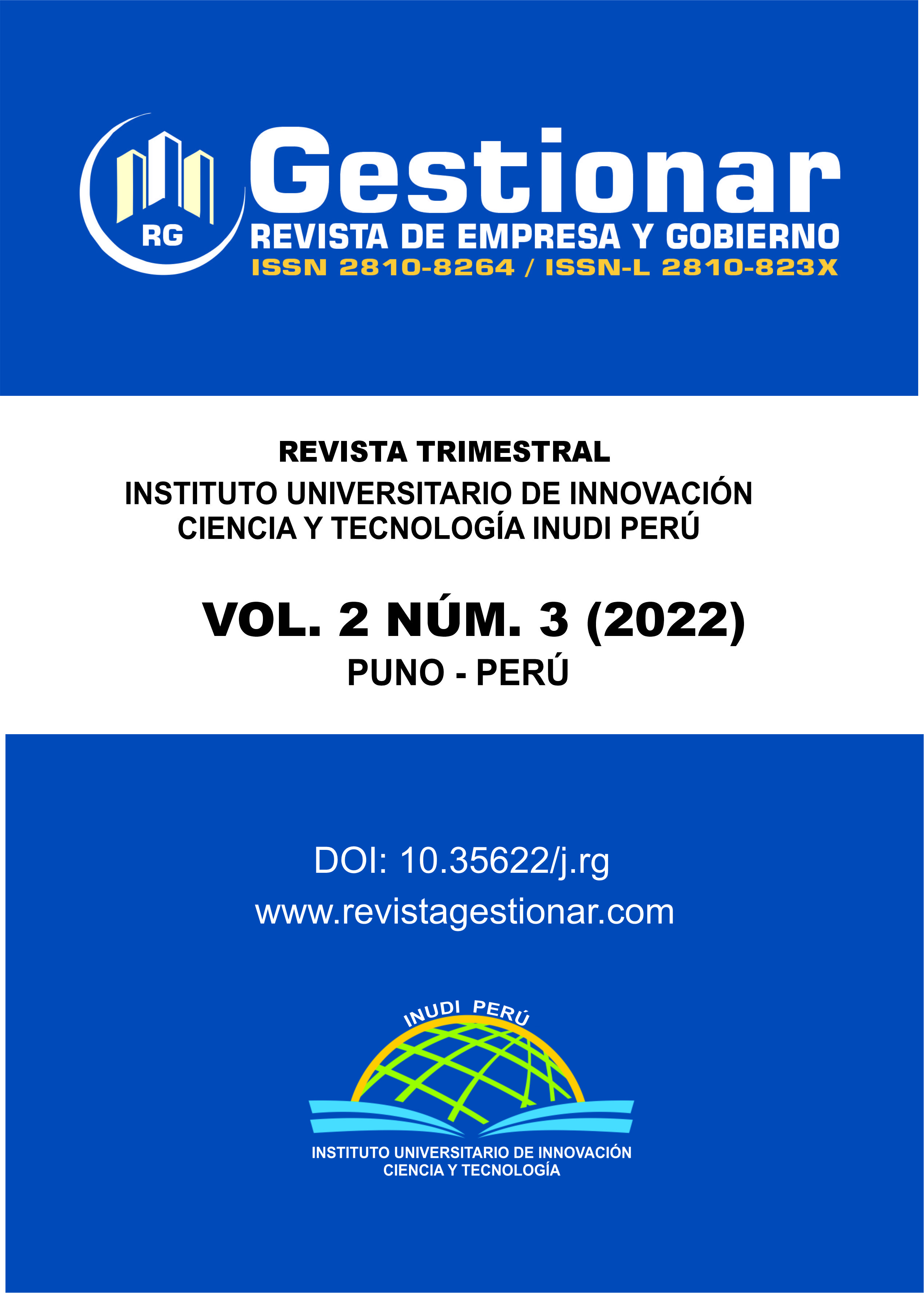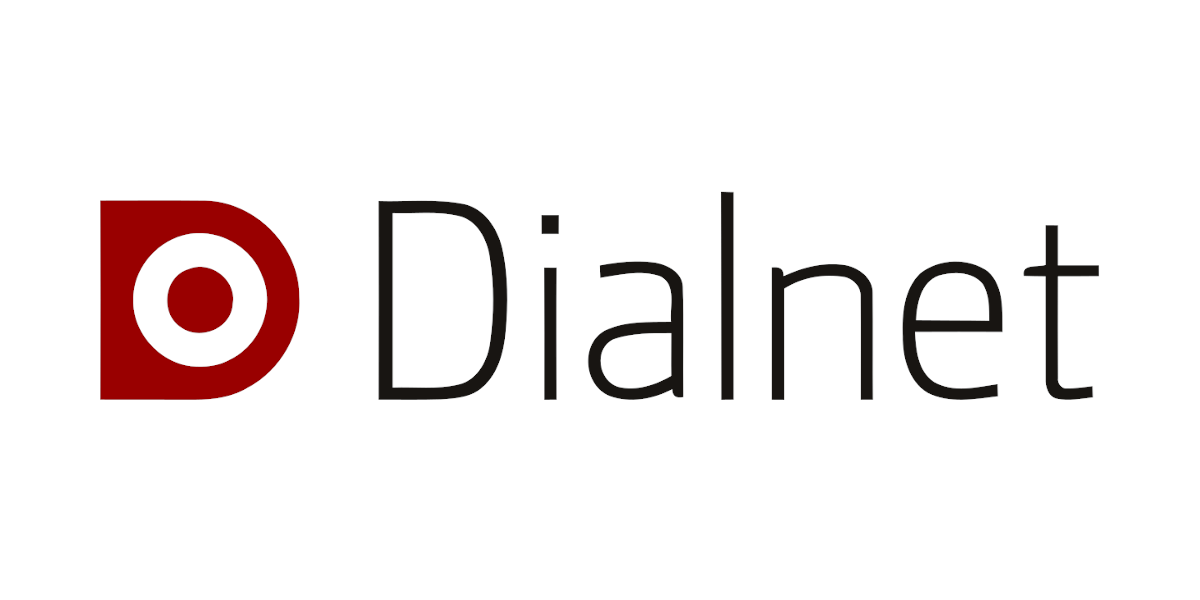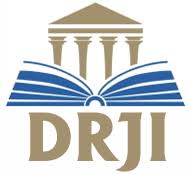Effects of the forensic audit in the control of corruption in the public entities of Peru
DOI:
https://doi.org/10.35622/j.rg.2022.03.001Palavras-chave:
auditoria forense, fraude, corrupção, controladoriaResumo
The forensic audit is a specialized tool that allows detecting and exposing fraud and corruption in the senior executive management of public entities known as "white collar crimes" with structures that are increasingly rooted and developed under various modalities and with the express intent to take advantage of and harm the state. However, in recent years in Peru, acts of corruption and functional misconduct by these executives have been increasingly detected and exposed, which greatly harm the budget allocated to meet the social demands of the population. In this line, the explanatory level research was carried out considering a sample of 323 individuals (active public officials) chosen in a non-probabilistic and non-random way with an unknown population. Through the survey and documentary review, information is shown related to the knowledge and importance of the forensic audit, the public spending executed in the years 2019 and 2020 and the economic damage detected by cases of corruption and functional misconduct in state entities. Among other results, it was found that the national government has a higher budget allocation with an annual execution of 90.8% in 2019 and 89.1% in 2020; likewise, local governments executed 69.4% and 63.4% in both periods respectively and regional governments executed 85.3% and 89.2% respectively; however, the economic damage due to corruption and functional misconduct detected by the Comptroller General of the Republic, reached its highest concentration in the transport and communications sector with 25% in 2019 and 16.5% in 2020, followed by the education sector. with 15.6% in 2019 and 14.5% in 2020 and finally the health sector with 16.2% in 2019 and 6.9% in 2020.
Referências
Arbeláez C., D., Correa Cruz, L., & Silva Silva, J. (2014). Un acercamiento a los desarrollos investigativos en la auditoría forense. Tendencias, 14(2), 216-230. https://revistas.udenar.edu.co/index.php/rtend/article/view/1647
Carvalho, L. N., & Ricardino, Á. (2004). Breve retrospectiva do desenvolvimento das atividades de auditoria no brasi. Revista Contabilidade & Finanças - USP, 15(35), 22-34. https://www.redalyc.org/articulo.oa?id=257119539008
Cassiani, A., Heredia, J., & Lopez, E. (2020). La importancia de la auditoría forense en la investigación de fraudes. Pensamiento Republicano, (12), 23-31. http://ojs.urepublicana.edu.co/index.php/pensamientorepublicano/article/view/729
Casana, K., Villacorta, M., Cano, R., Arónes, S., & Carrera, E. (2012). Tiempo de desarrollo de insectos Calliphoridos de importancia forense, marzo 2011. Anales de la Facultad de Medicina, 1(73), S61. https://www.redalyc.org/articulo.oa?id=37957747054
Flórez-Guzmán, M. H., Gallego-Cossio, L. C., & Hernández-Aros, L. (2015). Tableros de control como herramienta especializada: Perspectiva desde la auditoría forense. Cuadernos de Contabilidad, 16(42), 661-687. https://www.redalyc.org/articulo.oa?id=383668913003
Folino, J. Ó. (2005). Una Subespecialización Psiquiátrica: La Psiquiatría Forense. Revista Colombiana de Psiquiatría, XXXIV(1), 129 S-148 S. https://www.redalyc.org/articulo.oa?id=80617859014
Hoff, J., Alberton, L., & Camargo, R. de C. C. P. (2017). A Visão da Academia e do Mercado de Trabalho sobre o Ensino da Auditoria. Revista de Educação e Pesquisa em Contabilidade, 11(1), 52-68. https://www.redalyc.org/articulo.oa?id=441650118004
Padilla, V. M. G. (2008). Auditoría Forense.
Pinho, C., Saur-Amaral, I., & Porte, M. (2018). Pesquisa em auditoria: Principais temas. Revista Contabilidade & Finanças - USP, 29(76), 41-59. https://www.redalyc.org/articulo.oa?id=257153659005
Rodríguez, Z. L. (2006). La antropología física forense, una especialidad necesaria. CIENCIA ergo-sum, Revista Científica Multidisciplinaria de Prospectiva, 13(2), 211-217. https://www.redalyc.org/articulo.oa?id=10413213
Rozas Flores, A. E. (2009). Auditoría Forense. Editorial Parsé, México.
Rozas Flores, A. E. (2014). Auditoría forense. Editorial Parsé, México.
Santos, J. D., Diniz, J. A., & Corrar, L. J. (2005). O Foco é a Teoria Amostral nos Campos da Auditoria Contábil Tradicional e da Auditoria Digital: Testando a Lei de Newcomb- Benford para o primeiro dígito nas contas públicas. BBR - Brazilian Business Review, 2(1), 71-89. https://www.redalyc.org/articulo.oa?id=123016184005
Sommerhoff, J., & Rosas, C. (2006). Variabilidad idiofónica en español como herramienta forense. Estudios Filológicos, 41, 235-249. https://www.redalyc.org/articulo.oa?id=173414185014
Támara, L. M. (2012). Responsabilidad profesional e informes periciales. Revista Colombiana de Anestesiología, 40(1), 88. https://doi.org/10.1016/S0120-3347(12)70016-3
Torres, J. S. T. (2011). Auditoría forense. Desarrollo & Gestión, 7.
Trujillo-Guapacha, B. A., Grajales-Quintero, J., & Hormechea-Jiménez, K. del C. (2015). El papel de la auditoría forense en un caso de lavado de activos en Santiago de Cali. Cuadernos de Contabilidad, 16(42), 713-731. https://www.redalyc.org/articulo.oa?id=383668913005
Villanueva, L. F. A. (2015). Gobernanza y gestión pública. Fondo de cultura Económica. México.
Zambrano, Y. (2017). La auditoría forense: un mecanismo para detectar el fraude de estados financieros en Colombia. Inquietud Empresarial, 15(2), 13–36. https://doi.org/10.19053/01211048.7607
Publicado
Edição
Seção
Licença
Copyright (c) 2022 Marco Ruelas, Ludwing Flores, Wilson Sucari

Este trabalho está licenciado sob uma licença Creative Commons Attribution 4.0 International License.
LOS AUTORES RETIENEN SUS DERECHOS:
- Los autores retienen sus derechos de marca y patente, y tambien sobre cualquier proceso o procedimiento descrito en el artículo.
- Los autores retienen el derecho de compartir, copiar, distribuir, ejecutar y comunicar públicamente el artículo publicado en Gestionar: revista de empresa y gobierno (por ejemplo, colocarlo en un repositorio institucional o publicarlo en un libro), con un reconocimiento de su publicación inicial.
- Los autores retienen el derecho a hacer una posterior publicación de su trabajo, de utilizar el artículo o cualquier parte de aquel (por ejemplo: una compilación de sus trabajos, notas para conferencias, tesis, o para un libro), siempre que indiquen la fuente de publicación (autores del trabajo, revista, volumen, número y fecha).





















